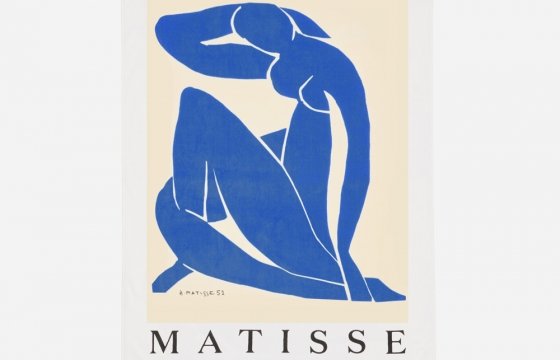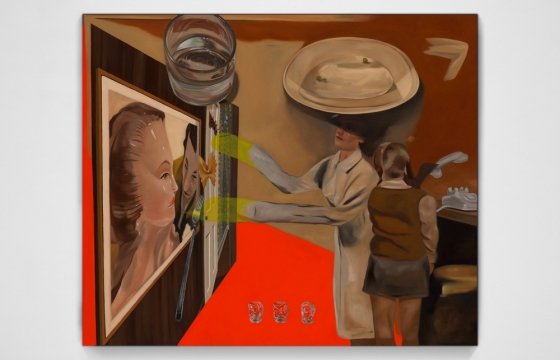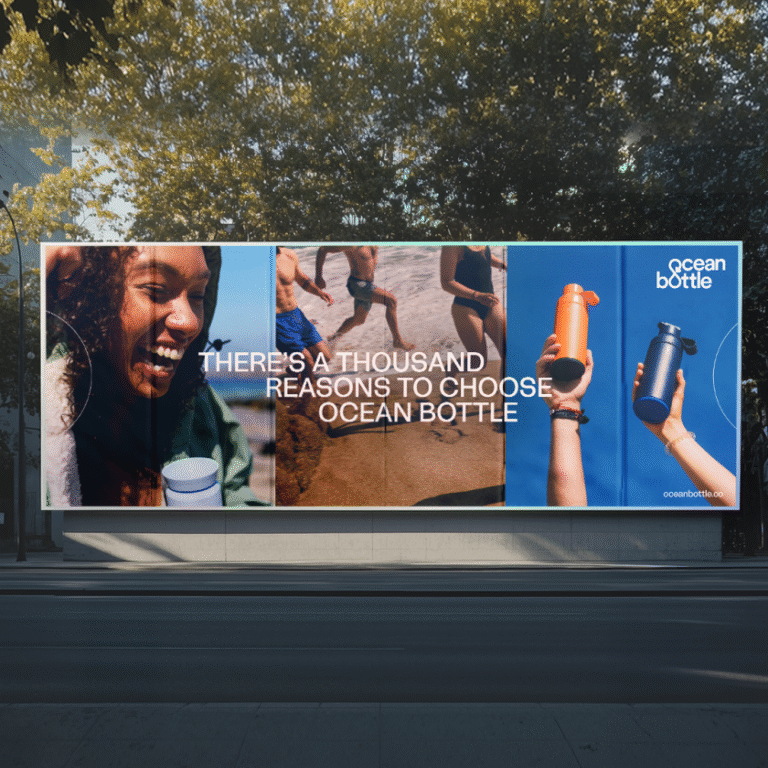

Welcome to the 276th installment of A View From the Easel, a series in which artists reflect on their workspace. This week, artists meditate to the quiet rhythms of rural life, and start and end their day with art.
Want to take part? Check out our submission guidelines and share a bit about your studio with us through this form! All mediums and workspaces are welcome, including your home studio.
Marina Savashynskaya Dunbar, Hollywood, South Carolina

How long have you been working in this space?
Three years.
Describe an average day in your studio.
An average day in my studio is structured but leaves room for spontaneity. I usually start in the late morning or early afternoon, depending on what stage my work is in. If I’m in a heavy painting phase, I like to work when there’s the best natural light. If I’m doing more technical-driven steps like erasing, cutting, or prepping surfaces, I’m not as concerned about lighting, so I might work later into the night. I almost always work on multiple paintings at once. Since my process involves layering, drying times, and structured steps like taping off areas or erasing sections, it makes sense to rotate between pieces. That way, there’s always something I can actively work on while another part of the process sets. I also think working on multiple things keeps me from overthinking. Music or podcasts depend on what I’m doing — if I’m in a phase like cutting and assembling canvas, I’ll listen to a podcast or audiobook. But if I’m making color decisions or working with transparencies where I need to be fully present, I usually stick to music or nothing at all.

How does the space affect your work?
Since my process is so physical — cutting, assembling, layering materials — I need room to move around and see the work from different angles. The ability to step back and view the composition from a distance is just as important as being close to the surface. The size of the space also determines how many works I can have in progress at once, which impacts the flow of my process since I rotate between pieces as they dry or reach different stages. (My studio now is the largest I’ve ever had.) Light is another major factor. I prefer working with natural light, especially when layering colors, since the way transparency and depth interact is so dependent on subtle shifts in tone. I also like being able to work outside. I’ve never had that option before. If I need to restart a painting, I can actually just go outside and hose it off. This is such a luxury!
How do you interact with the environment outside your studio?
There isn’t an art community in my immediate surroundings — I’m actually (kind of) in the middle of nowhere, surrounded by rural farmland. I used to have a studio in the city of Charleston, but I found the sounds of people and traffic distracting. Where I am now, the environment is completely different — quieter, but filled with its own rhythms. My neighbors have horses, and there are White Heron and Great Egret birds flying over the marsh when the tide is low. There’s an alligator that lives in my neighbor’s pond (it only makes itself visible in the spring), along with snakes, spiders, etc. The smell of the marsh is distinct — kind of like the ocean, but saltier and more earthy. The trees draped in Spanish moss move slowly in the wind. It’s meditative to watch, and that stillness, and slow movement may find a way into my work. I enjoy observing subtle shifts in light, movement, and atmosphere.

What do you love about your studio?
It’s quiet and isolated.
What do you wish were different?
More windows (on the north side). More separation to have designated areas for varnish, packing, painting, etc.
What is your favorite local museum?
The Gibbes Museum of Art!
What is your favorite art material to work with?
Fluid acrylic.
Louise Silk, Pittsburgh, Pennsylvania

How long have you been working in this space?
Since 2001.
Describe an average day in your studio.
I live my work. My work table is the center of the space with separate piles of materials for each of the in-process projects. I listen to podcasts.
How does the space affect your work?
My space encourages me to wake up and go to sleep creating.
How do you interact with the environment outside your studio?
Pittsburgh has a thriving art community and I am very connected.
What do you love about your studio?
Everywhere I look I am inspired.
What do you wish were different?
That it were somehow easier to keep clean.
What is your favorite local museum?
Carnegie Museum of Art.
What is your favorite art material to work with?
Fiber of all kinds.


